This is the new-generation Isuzu MU-X, the first substantial upgrade in this vehicle’s history.
It has an updated engine, more safety and driver-assist tech, and it can now tow 3.5 tonnes, so it tops its SUV wagon class in terms of load-hauling – on paper, at least.
So, does this new MU-X deserve your attention? Read on.
Isuzu MU-X 2022: LS-U (4X4)
| Engine Type | Diesel Turbo 4, 3.0L |
|---|---|
| Fuel Type | Diesel |
| Fuel Efficiency | 8.3L/100km (combined) |
| Seating | 7 |
| Price From | $51,700 - $59,400 |
| Safety Rating |
|
Does it represent good value for the price? What features does it come with?
Our test vehicle, the LS-U, is the mid-spec variant in the MU-X range. A 4x2 version is available but our MU-X is a 4x4.
Standard features include 9.0-inch touchscreen multimedia unit (with Sat-Nav, Android Auto (wired) and wireless Apple CarPlay), 18-inch alloy wheels, LED headlights with LED DRLs, front and rear parking sensors and a reversing camera with dynamic guide-lines.

It also has piano-black interior trim, leather-wrapped steering wheel and gear shifter, keyless entry, push-start ignition, auto door-locking, dual-zone climate control, an upgraded wiper-blade design, a power tailgate, roof rails and rear privacy glass.
All variants have Isuzu’s full active-safety suite of driver-assist tech as standard and that includes AEB (with pedestrian and cyclist detection), forward collision warning, adaptive cruise control, lane-keep assist, lane-departure warning, blind-spot monitoring and rear cross-traffic alert.

The MU-X has eight airbags, hill descent control, hill-start start assist, trailer sway control, and Rough Terrain mode, which is aimed at complementing the existing and improved off-road traction control system.
It is available in any one of eight colours this MU-X is Mercury Silver metallic, which is a new colour choice.
As mentioned, braked towing capacity has increased from 3 tonnes to 3.5 tonnes, so that’s a big bonus in its favour, especially considering that puts it 400 to 500kg ahead of its rivals.
As standard, the LS-U 4x4 has a price-tag of $59,900 before on-road costs, but our test vehicle costs $67,865.95 plus on-road costs because it comes equipped with Mercury Silver Metallic Paint ($500), Tow Bar Kit ($1100), Electronic Brake Controller $820, Tow Bar Wiring Harness – 12 Pin Flat ($359).
Is there anything interesting about its design?
The new MU-X is 4850mm long (with a 2855mm-long wheelbase), 1870mm wide, and 1825mm high. The LS-U 4x4 has a listed kerb weight of 2155kg.

So, it’s 25mm longer and 10mm wider than the the previous-generation MU-X, but has a 35mm lower roofline. Its wheelbase is now 10mm longer and ground clearance has been bumped up 10mm.
In terms of styling, the MU-X looks pretty standard for a contemporary SUV. I could harp on about stuff like space-age lines and all of that, but I’ll spare your time and mine.
Its appearance adheres to contemporary SUV styling cues, in that it is suitably inoffensive.
You’re an adult – make up your own mind whether you like the look of it or not. I don’t mind it.

What are the key stats for the engine and transmission?
The new MU-X has Isuzu’s 4JJ3-TCX 3.0-litre, common-rail, four-cylinder, turbo-diesel engine, which is in the latest-generation D-Max. It produces 140kW at 3600rpm of power (that’s 10kW more than in the previous MU-X), and 450Nm at 1600-2600rpm of torque (that’s 20Nm more)
It has a six-speed Aisin automatic transmission, so it can’t be all bad.
In fact, the engine and transmission have been reengineered/reworked/whatever you want to call it and I could dazzle you here with engine-and-drivetrain-related terms gleaned from a spec sheet and press release, but I won’t, because all you – or anyone else with half a clue – wants to know is: does the engine and transmission signal an improvement over the previous version?
Well, yes. That’s not to say the previous combination was terrible, but it was more than a bit truck-like, which I reckon was/is part of its charm, but it always had an unfussed torquey feel to it. It’s all still a bit gruff, still truck-like, but the oh-so-relaxed feel to the delivery of power and torque to the road remains, and it now does everything a tad smoother and a little more effectively than before, and with a touch less engine noise.
The MU-X has a part-time four-wheel drive system, with high- and low-range, and a rear diff-lock.
How practical is the space inside?
The interior is a practical space – functional and family-friendly. There’s no frippery in here, which is fine with me, although if you’re spending about $60,000 on a LS-U you can’t be blamed for expecting more for your money.
Seats are durable cloth-trim, most other surfaces are ready-for-life plastic and it all feels up to the task of copping the peculiar in-car habits of kids, teens and/or messy adults.

There are the usual array of storage spaces upfront (glove box, centre console etc), cup-holders (including a handy pop-out under each of the outboard vents), as well as USB and 12-volt points upfront.
In terms of roominess, the third-row is really for kids only, or adults on a very brief trip. There are outboard cup holders and air vents in the ceiling back here, but not a lot of anything else.
The second row is much better in terms of everything and is serviced with air vents and fan controls, a fold-down arm-rest with cup-holders, and two USB ports.
This row has ISOFIX child-seat points on the two outer seats and top tether points on all three second-row seats.
The front seats are comfortable enough without being plush, there’s plenty of room, but they’re only manually adjustable.
If you’re wondering how much of a load it can cop, the MU-X offers 311 litres with seven seats in use; 1119 litres with five seats in use; and 2138 litres with two seats in use.
There’s a 12-volt plug point in the rear cargo area.
The electric tailgate can be opened and shut via a button on the base of the tailgate itself, or by using the key fob. I had some issues with key-fob operation as it seemed to take more than one press to get the tailgate moving. Or maybe it’s just me.
What's it like as a daily driver?
It’s actually okay to drive – certainly better than the previous version, though, again, the previous-gen MU-X wasn’t terrible.
Steering (reach and rake adjustable) is generally well-weighted at low and higher speeds.
Though it is a touch bigger all-round, including a longer wheelbase, the MU-X feels pretty nimble around town.
It has a 11.4m turning circle.
Visibility for the driver is pretty good.
As mentioned, the engine and transmission is a relaxed and unstressed set-up, helping to yield even-handed acceleration off the mark and when overtaking, but the engine is still on the noisier side of things, even with improved sound-deadening.
It was easier to forgive the MU-X its truck-like characteristics when it was cheaper.
Ride is pretty comfortable but even better with the MU-X’s tyres set at 29 psi (as per tyre placard), which took a bit of sting out of the stronger, stiffer chassis harshness.
In terms of handling, the MU-X tends to be a little bit floaty rather than dynamic when it comes to sporty driving.
The onboard driver-assist tech is highly effective and mostly uninstrusive – I’m now used to the energetic lane-keeping assist – and the Bridgestone highway terrain tyres are more suited to on-road driving than off.
Generally, the MU-X is a decent all-round seven-seater more than capable of tackling daily driving duties and doing it with a fair degree of comfort.
What's it like for touring?
The previous-generation MU-X was pretty handy off-road for a city-focussed SUV wagon, so there’s no reason to expect a backward step with this new version.
The only chinks in the old MU-X’s off-road armoury – no rear diff-lock, a lacklustre off-road traction control system and road-focussed tyres – were shared by the D-Max and those weaknesses have been resolved now – except for the tyres, which are 265/60R18 Bridgestone 684II. But SUVs straight out of the showroom all have rubber better suited to the blacktops than the dirt.
Beyond that, the MU-X can tap into plenty of low- and mid-range torque, which makes dirt-road cruising, and then low-speed 4WDing, equally unstressed and easy-going occasions.
It can now also call on Rough Terrain mode, which is basically an extension of the off-road traction control system aimed at improving drivability in 4WD conditions.
We tackled a steep rock-step climb, an oft-used low-range set-piece for our off-road tests, and after several attempts the MU-X needed the rear diff-lock engaged to conquer it. Nothing unusual because the climb had been washed out and was more rutted than it was on our last visit and it’s worth noting that it’s an impressive job when achieved on highway rubber.
The MU-X has 235mm of ground clearance, an official wading depth of 800mm, and off-road angles of 29.2° (approach), 23.1° (ramp-over) and 26.9° (departure).
If you’re thinking of making it your off-road tourer of choice, however, think about replacing the standard tyres – engineered for all-weather performance and handling not 4WDing – with more aggressive all-terrain tyres, and maybe even getting a mild suspension lift.
The 500kg boost in towing capacity from 3 tonnes to 3.5 tonnes is impressive, and the MU-X now tops its rivals, such as Ford Everest, Mitsubishi Pajero Sport and Toyota Fortuner.
The LS-U 4x4's Gross Vehicle Mass (GVM) is 2800kg and its Gross Combined Mass (GCM) is 5900kg.
All new MU-Xs have Trailer Sway Control as standard.
How much fuel does it consume?
Official fuel consumption is 8.3L/100km on a combined cycle.
Our actual fuel consumption during this test was 9.8L/100km, which was pretty good because we did clock up a fair bit of low-range 4WDing.
The MU-X has a 80-litre fuel tank, which means if you drive like me you should get an effective range of about 820km when doing a mix of road and dirt tracks, with low-range 4WDing thrown in for good measure. That range grows to 960km or so if you can get your fuel use closer to the official fuel-consumption figure.
Warranty & Safety Rating
What safety equipment is fitted? What safety rating?
The new MU-X has the maximum five-star ANCAP safety rating from testing in August 2021 – some rivals, such as Fortuner, Everest have ANCAP ratings from testing several years ago – and Isuzu really does deserve credit here for throwing a full complement of driver-assist and safety tech into this vehicle.

As standard, it gets eight airbags – including curtain airbags that protect all three rows – and a stack of gear including AEB, rear cross traffic alert, blind spot monitoring, lane departure warning, lane keep assist and more.
In terms of safety, the new MU-X has a real clear advantage over its immediate rivals.
What does it cost to own? What warranty is offered?
The MU-X has a six-year/150,000km warranty with up to seven years Roadside Assistance and seven years Capped Price Servicing available.
That’s pretty good in terms of years, and adequate if you’re not covering huge distances, but some rivals have unlimited km.

Service intervals are nicely spaced, scheduled for every 12 months or 15,000km and costs start at $389 for your first service and top out at $749 for your second-last service under warranty.
Capped-price servicing works out to be pretty easy on the wallet – costing a total of $3373 over seven years, or an average of $481.90 per year.
Verdict
The new MU-X is a decent enough proposition as a family-friendly seven-seat SUV. It has plenty of onboard tech over the previous generation, and it drives pretty well too.
You really have to give Isuzu credit for boosting safety and driver-assist tech in the new MU-X, but this upgrade still feels underdone, especially considering the substantial price increase.
But the MU-X is more than capable of tackling myriad tasks as a daily driver and some tough 4WDing and doing it all with a fair degree of comfort, so those who are inclined to look favourably on this Isuzu wagon will only be encouraged.
Pricing Guides



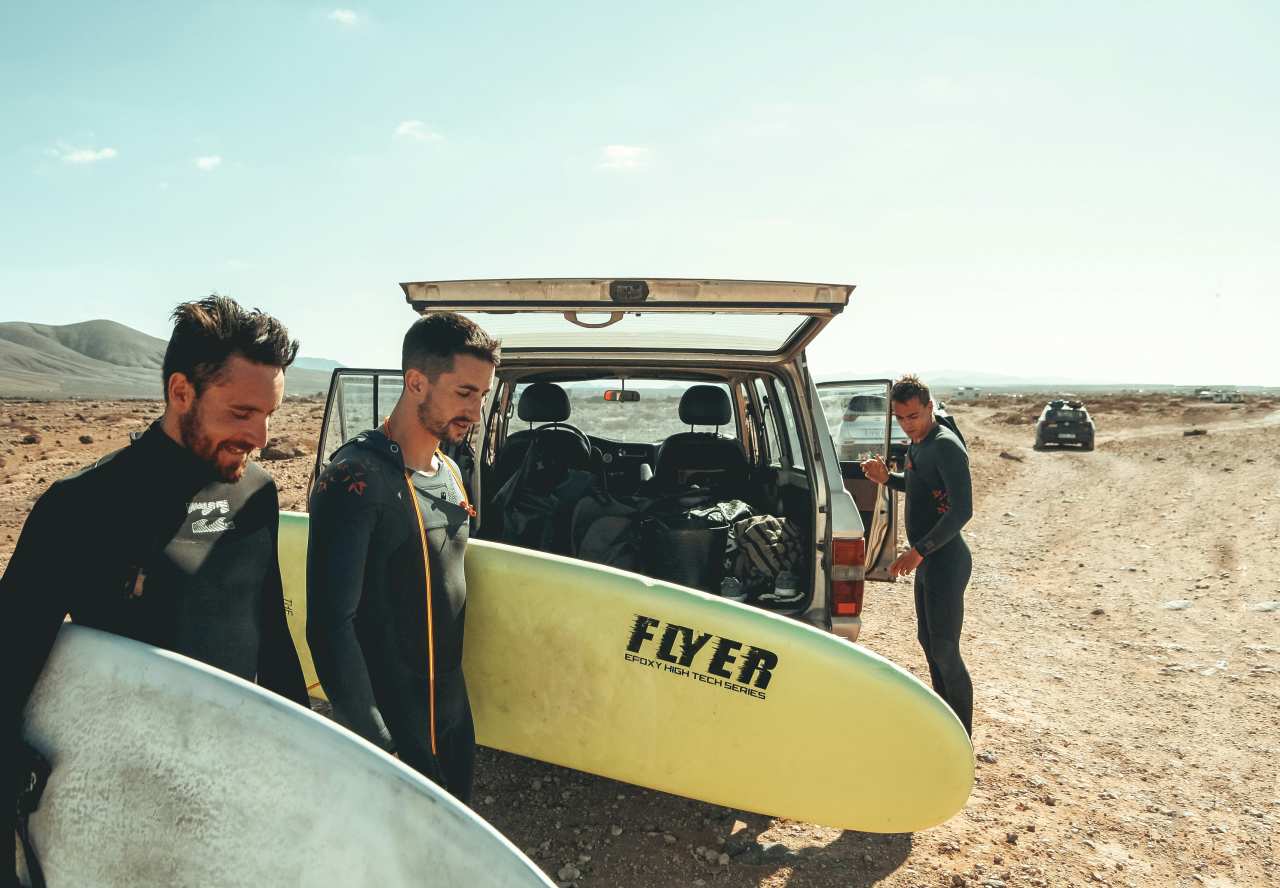













































































.jpg)
.jpg)


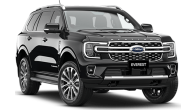


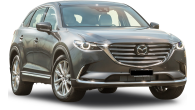




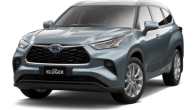


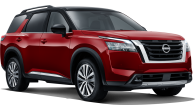


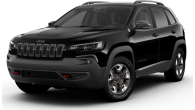

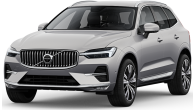







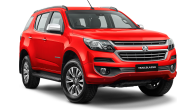


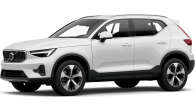



.png)

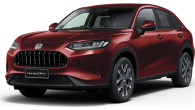
.jpg)
.jpg)

.jpg)
.jpg)
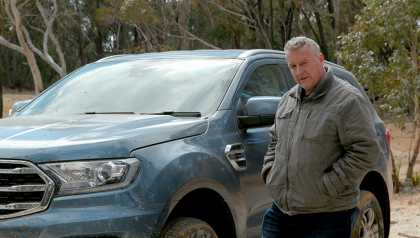
.jpg)

.jpg)
.jpg)

Comments